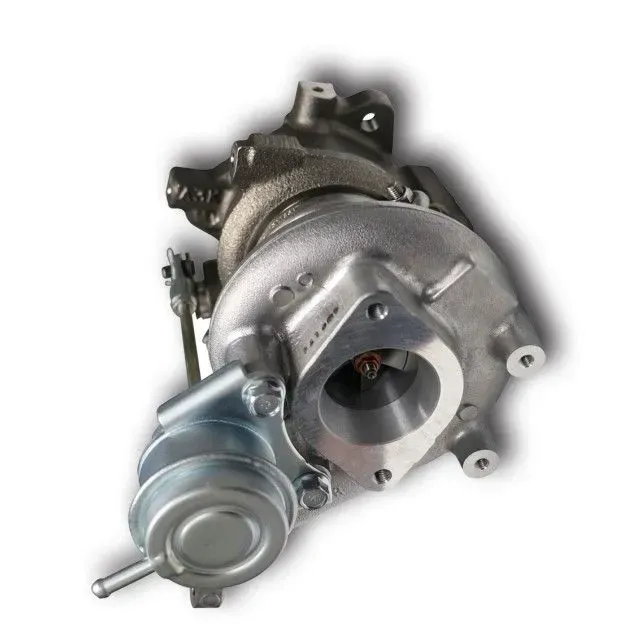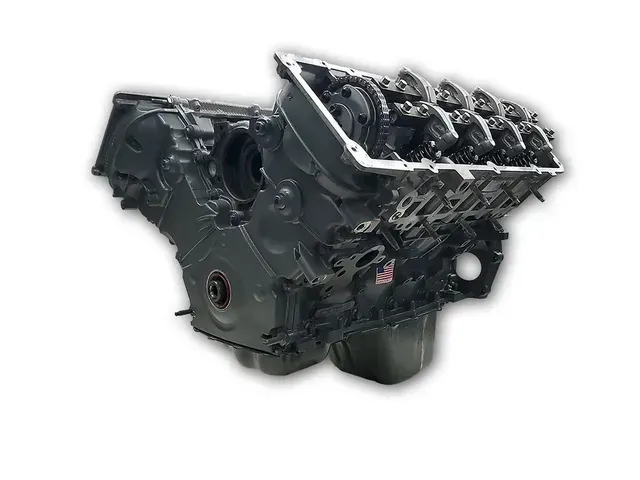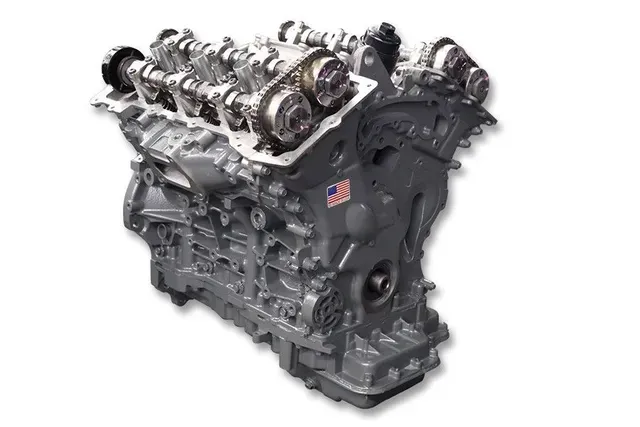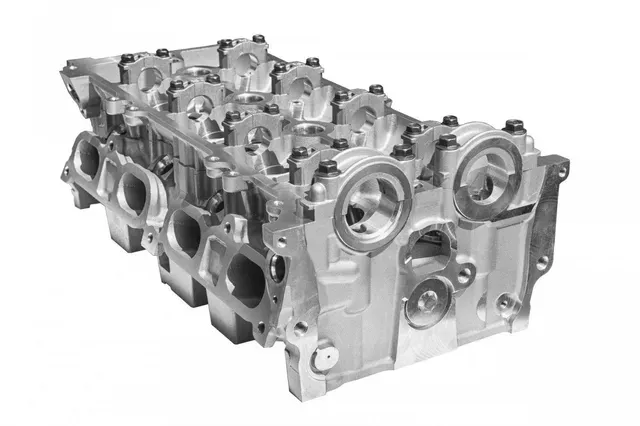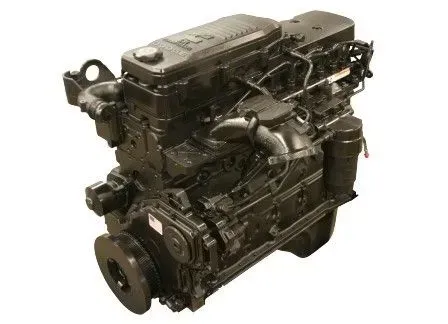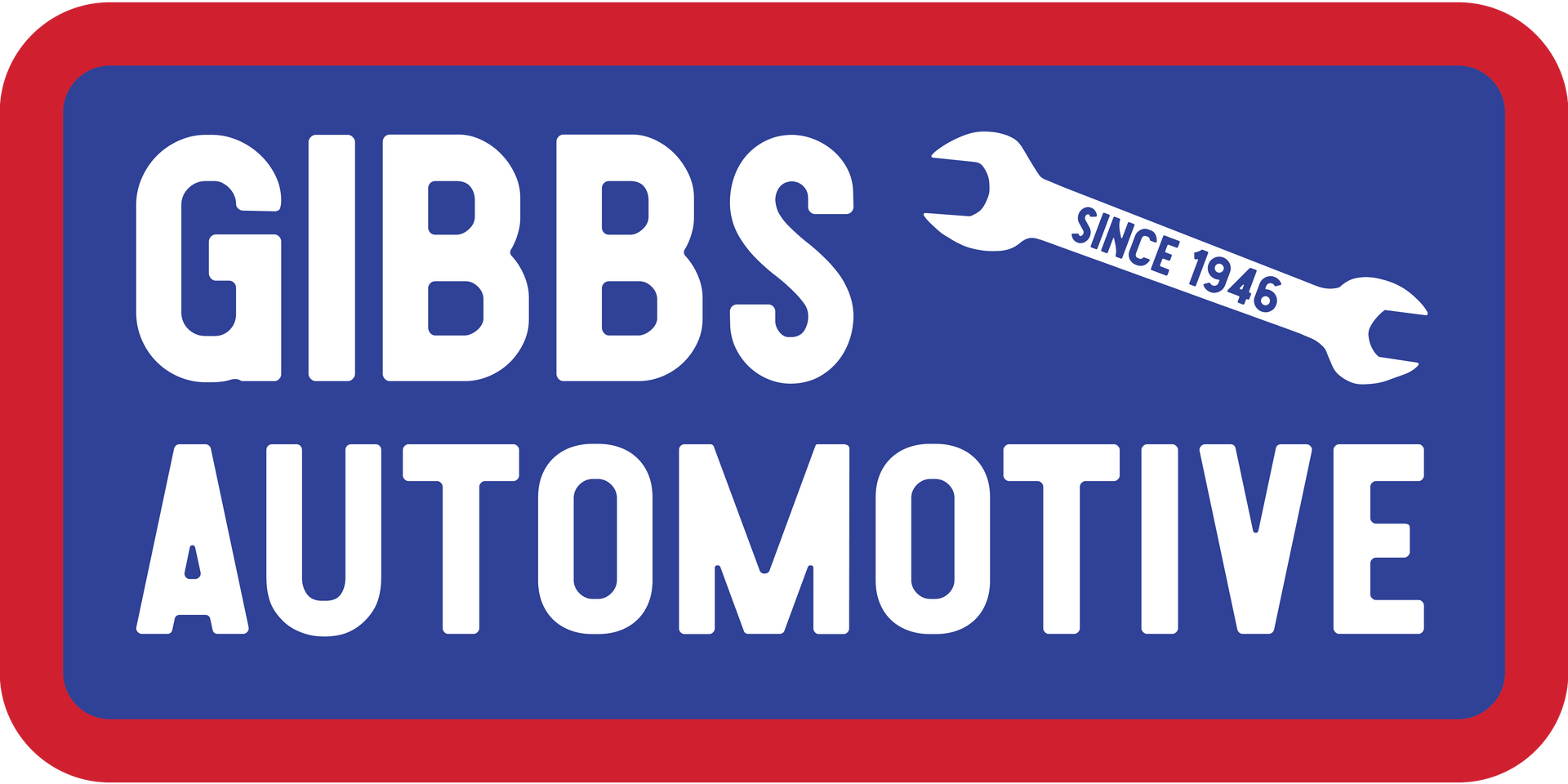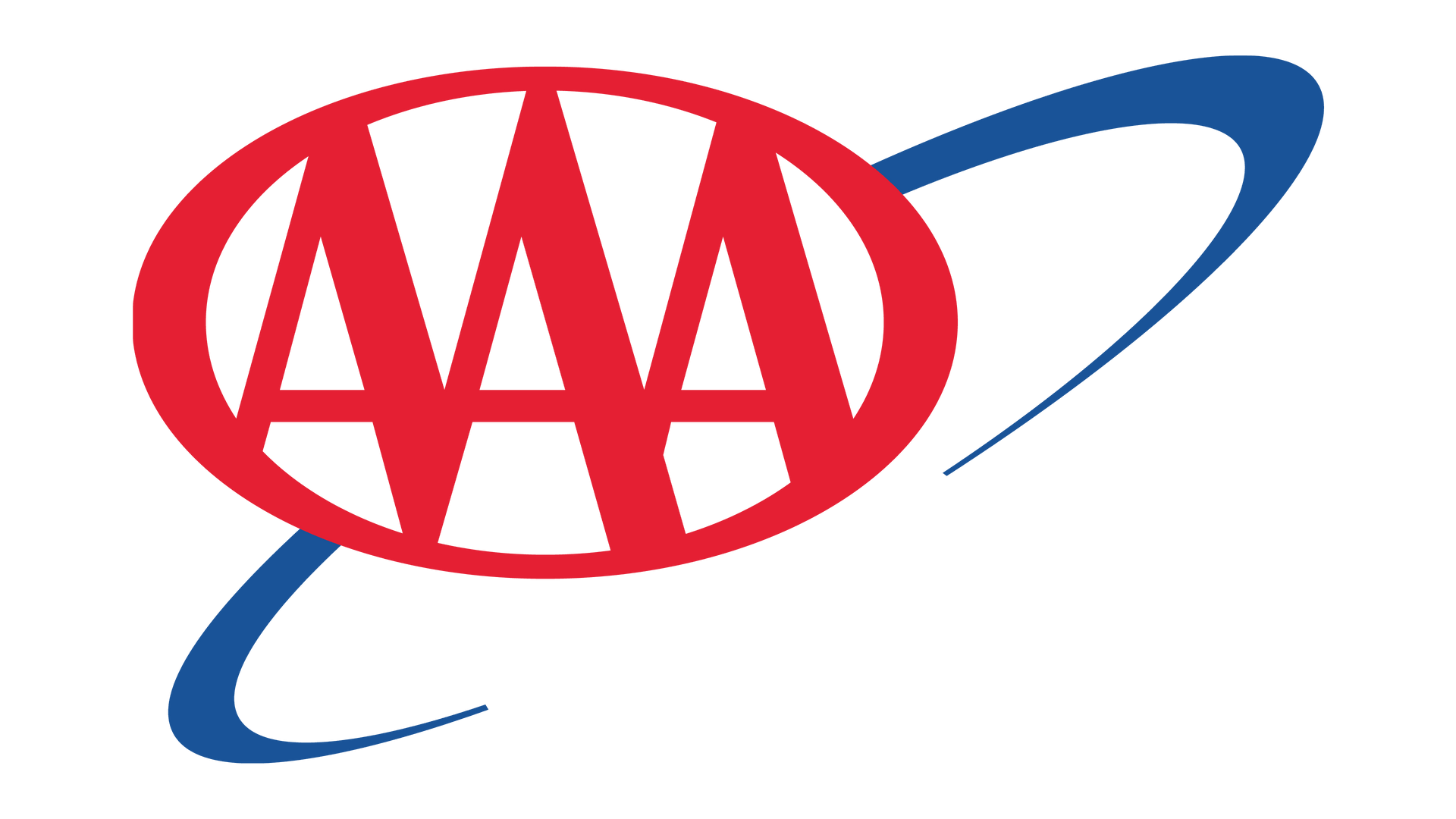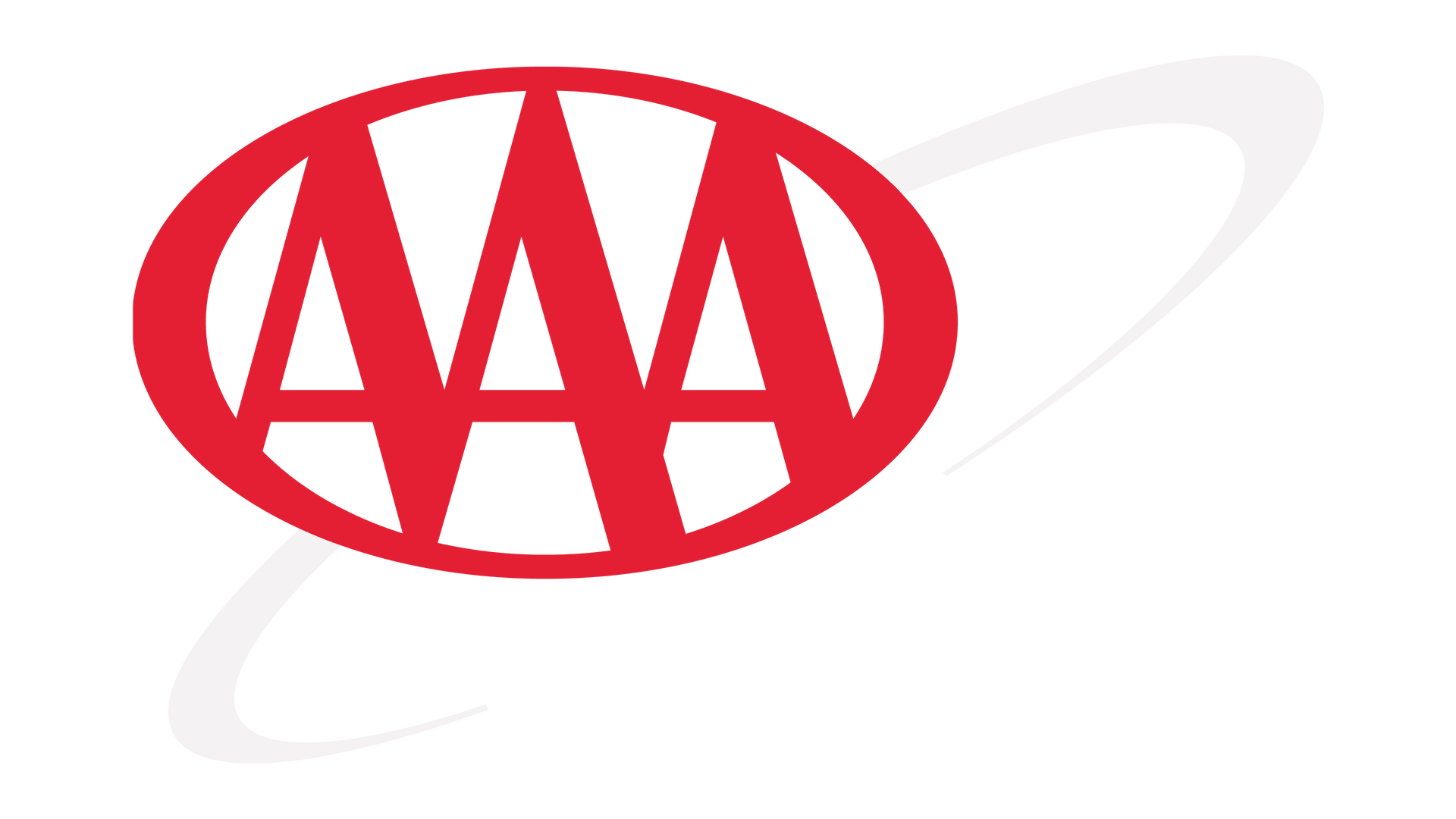It’s one of the most common (and most frustrating) moments in car ownership. You’re driving through Conyers, everything seems fine, and suddenly the check engine light pops on. No sounds. No smoke. No obvious issue. Just that little orange glow staring you down from the dash.
At Gibbs Automotive, we get calls about this almost every day—what does it mean? Can I keep driving? How serious is it? The answer depends, but one thing’s for sure: the check engine light should never be ignored. Even if your vehicle feels like it’s running fine, that light is your car’s way of telling you something needs attention.
Here’s what you need to know if your check engine light comes on, and how we help Conyers drivers figure out the issue quickly and affordably.
What the Check Engine Light Actually Means
The check engine light is part of your car’s onboard diagnostics system. When a sensor detects something outside the normal operating range—whether it’s an issue with your engine, exhaust, fuel system, or transmission—it sends a signal to the computer, which triggers the warning.
Some problems are minor, like a loose gas cap. Others are more serious, like misfiring cylinders, faulty oxygen sensors, or failing catalytic converters. The tricky part is that you can’t tell how serious the problem is just by looking at the light.
That’s why getting it scanned with the proper diagnostic tools is the best way to know what’s really going on.
Flashing vs. Solid Light: What’s the Difference?
If your check engine light is
solid, the issue is likely non-urgent, but still worth checking soon. It could be related to emissions, fuel trim, or an engine sensor that’s starting to fail. You can usually keep driving safely, but you shouldn’t delay the diagnosis too long.
If your check engine light is
flashing, that means something more serious is happening right now—often engine misfires that could damage the catalytic converter. In that case, it’s best to pull over and call a trusted shop like ours before continuing.
What Are the Most Common Causes?
At Gibbs Automotive, we’ve diagnosed just about every type of check engine light issue under the sun. Here are some of the most common reasons we see:
Loose or faulty gas cap Failing oxygen sensor Bad spark plugs or ignition coils Mass air flow sensor failure Catalytic converter trouble Fuel injector issues Transmission sensor errors Evaporative emissions leaks.
Each of these has a different repair path, and most of them can’t be diagnosed without scanning the system properly. That’s where we come in.
What Happens During a Diagnostic Scan?
When you bring your car to Gibbs Automotive, we use professional-grade scan tools to read the trouble codes from your vehicle’s computer. These codes tell us what system triggered the alert and help narrow down the source of the problem.
But we don’t stop there. Codes are just the starting point. Our ASE-certified techs use their training and experience to trace the issue, inspect the related components, and determine whether the problem is something urgent or something that can wait.
Once we know what’s going on, we walk you through it in plain terms—no jargon, no scare tactics. You’ll know what’s causing the light, what your options are, and what it’ll cost to fix.
Should You Try to Diagnose It Yourself?
We know there are cheap code readers available online or at auto parts stores. They can be useful for basic info, but they don’t provide the full picture. Many codes have multiple potential causes. Replacing parts based on guesswork can lead to unnecessary expenses—or even make the problem worse.
We’ve had customers come in after trying to fix a sensor, only to learn the issue was a wiring problem or a completely different part. Our recommendation? Let a shop with the right tools and training take a look first. It’s faster, more accurate, and often cheaper in the long run.
How Long Can You Drive With the Check Engine Light On?
If the light is solid and the car seems to be running normally, you can usually keep driving for a short time—especially to get to the shop. But waiting too long can cause small problems to become big ones.
If the light is flashing, the best course of action is to stop driving and call us. A flashing light often points to an active misfire, which can damage your catalytic converter if left untreated.
Even if your vehicle is running fine for now, remember: the computer turned that light on for a reason.
Why Conyers Drivers Trust Gibbs Automotive for Diagnostics
We’ve been helping drivers in Conyers for years, and check engine light diagnostics are something we handle every day. Our technicians are trained to find the issue quickly and accurately, and our goal is always to give you honest answers without the runaround.
We also stand by our work. If the fix doesn’t solve the issue, we’ll make it right. That’s what it means to be a neighborhood shop that takes care of its community.
Final Thoughts
A check engine light doesn’t always mean disaster—but it does mean it’s time to listen to what your car is trying to tell you. Whether it’s a simple fix or something more complex, Gibbs Automotive in Conyers can help you figure it out, fix it right, and get you back on the road with confidence.


